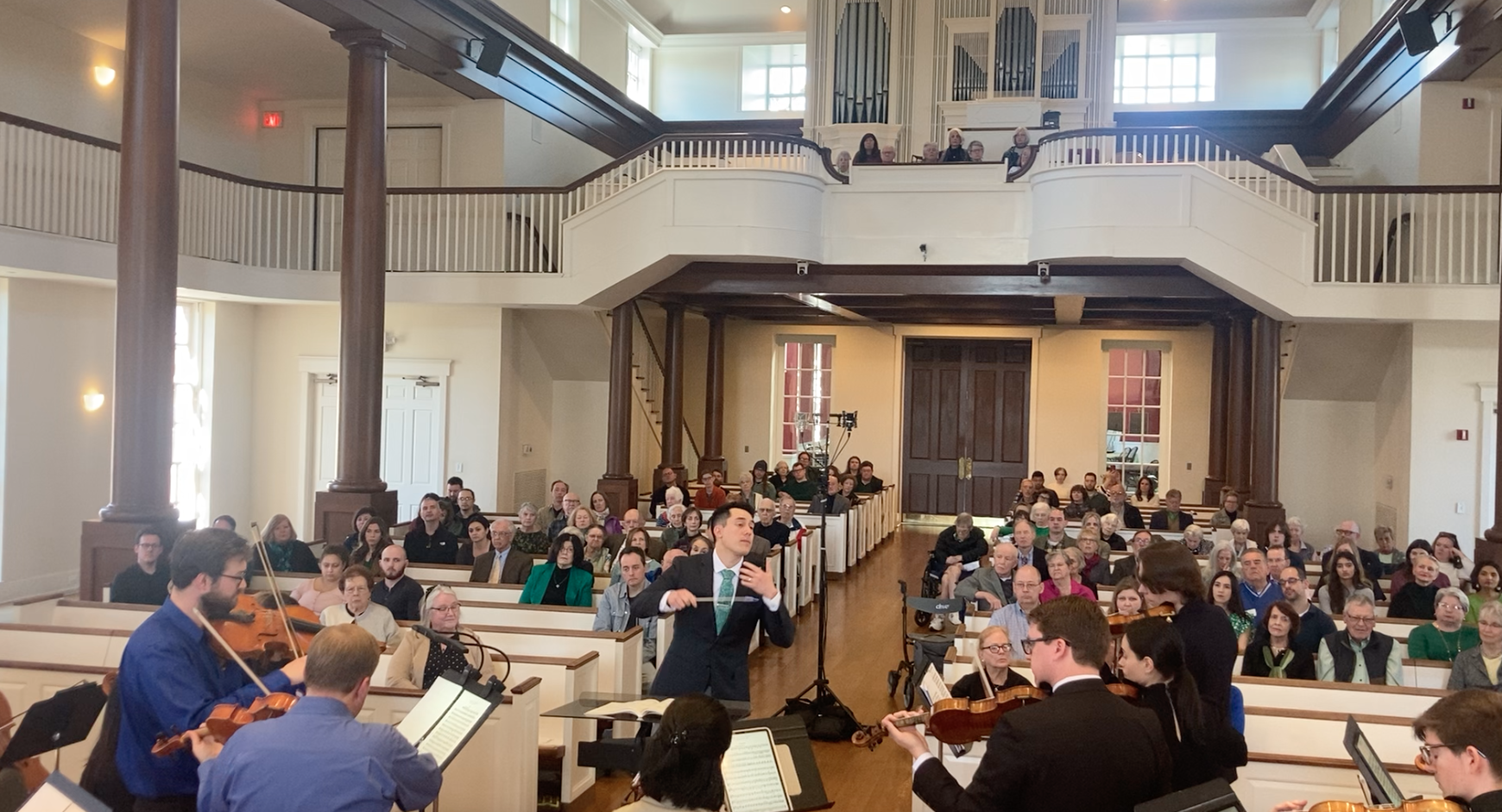
Program Guide
Program Guide - Baroque and the 20th Century
Composer Quick Facts
Antonio Vivaldi (1678-1741)
Born and lived most of his life in Venice
Ordained at the age of 25 and subsequently nicknamed the “Red Priest” for his fiery hair
Virtuoso violinist, known for writing technically difficult but impressive music
Taught at (and wrote many of his compositions for) a girl’s orphanage in Venice
Best known for: The Four Seasons, nearly 50 operas, over 500 concertos
Johann Sebastian Bach (1685-1750)
Born in Eisenach, Germany, most commonly associated with Leipzig where he was overseeing director of music for four churches simultaneously in his later career
Accomplished organist and violinist
Served jail time for several weeks in 1716 for asking to be released from his employment to the Duke of Weimar in order to work for the Prince of Koethen
Subsequently worked for the Prince of Koethen
Best known for: The Well-Tempered Klavier, Brandenburg Concertos, an unfathomable amount of cantatas, masses, concertos, organ music, and more
Ernest Bloch (1880-1959)
Born in Geneva to a Swiss-Jewish family
Studied and worked around Europe before moving to the U.S. in 1916 and gaining U.S. citizenship in 1924
Prolific career as a composer, educator, and faculty at the Cleveland Institute of Music, San Francisco Conservatory of Music, Berkeley, and more
His compositions were often inspired by his Jewish faith and heritage
Best known for: Schelomo, Concerto Grosso No. 1, Sacred Service
The Story Behind This Program
The Baroque Era
The Baroque Era lasted from roughly 1600-1750. It encompassed not just music, but all manner of art and architecture as well. In this period, composers were greatly focused on structural forms, ornamentation/improvisation, and tonal practices that featured killer bass lines. Key figures: Bach, Vivaldi, Handel, etc.
Energetic, dynamic, and flamboyant, Vivaldi’s Concerto Grosso Op. 3 No. 11 was received with great enthusiasm upon its 1711 publication and brought Vivaldi a measure of celebrity throughout Europe. A concerto grosso is simply a piece in which several musicians within the ensemble have solos and in the case of this work, two featured violins enjoy a virtuosic duel amidst the texture of the full ensemble.
Another popular form of the Baroque Era was the suite, which typically referred to a collection of movements in musical dance styles. Bach’s Orchestral Suite No. 3 exemplifies this tradition and features the greatly adored 2nd movement commonly known as “Air On the G String” - although that’s a story for concert day…
The 1920’s
Two centuries later, Ernest Bloch was encountering skepticism from his students at the Cleveland Institute of Music regarding the usefulness of “old” techniques (such as tonality and form) when writing music in the 20th century. Rather than debate the issue academically, the composer chose to prove his point by composing a new work using these techniques in a modern way.
He turned to a musical form that had been out of favor for over 150 years - the concerto grosso - and infused it not only with Baroque compositional techniques, but also late 19th century rhythmic and melodic sensibilities, and contemporary harmonic practices of the early 20th century. The result was something entirely new, and it enjoyed a poignantly enthusiastic reception from Bloch’s students at its first reading.
